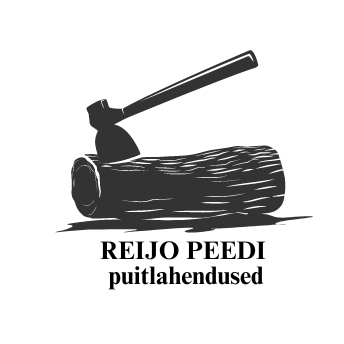The importance of sustainable timber sourcing
Sustainable timber is sourced from forests that are managed in a way that maintains their biodiversity, productivity, and ecological processes. This means that the harvesting of timber respects the balance of the forest ecosystem, ensuring that the removal of trees does not exceed the forest's natural capacity to regenerate.
The demand for timber is ever-increasing, driven by global development and the need for renewable resources. However, the way timber is sourced can have significant implications for the environment, economy, and society. Sustainable timber sourcing is crucial for minimizing the negative impacts of timber production and for ensuring that forest resources are available for future generations.
The Environmental Impact of Timber Sourcing
Unsustainable timber harvesting is a major contributor to deforestation, leading to habitat loss and a decline in biodiversity. When forests are not managed responsibly, the extraction of timber can result in the destruction of ecosystems that are vital for many plant and animal species.
Forests play a critical role in carbon sequestration, absorbing carbon dioxide from the atmosphere. Unsustainable timber practices can release significant amounts of carbon, contributing to climate change. Sustainable timber sourcing helps to maintain the carbon-absorbing capacity of forests and reduces the overall carbon footprint of timber products.
Benefits of Sustainable Timber Sourcing
Sustainable timber sourcing supports the conservation of biodiversity by ensuring that forest management practices do not lead to the loss of species or degradation of natural habitats. This is essential for maintaining the health of ecosystems and the services they provide.
Forests are not just sources of timber; they are also home to many indigenous and local communities. Sustainable timber sourcing practices can provide social and economic benefits to these communities by creating jobs, supporting local economies, and preserving cultural values associated with forests.
By investing in sustainable timber sourcing, companies can ensure a stable supply of timber for the long term. This approach reduces the risk of resource depletion and helps to build a more resilient and sustainable economy.
Sustainable Timber Certifications and Standards
The FSC is one of the most recognized certifications for sustainable timber. It sets standards for responsible forest management, including environmental, social, and economic criteria. Products with the FSC label assure consumers that the timber has been sourced from well-managed forests.
The PEFC is another leading global certification system for sustainable forest management. It works by endorsing national forest certification systems that meet its rigorous standards for sustainability.
In addition to FSC and PEFC, there are other certifications and eco-labels that indicate sustainable timber sourcing. These labels help consumers and businesses make informed decisions about the timber products they purchase.
Challenges in Sustainable Timber Sourcing
The timber supply chain can be complex, with multiple stakeholders involved from forest to final product. This complexity can make it challenging to ensure that all timber is sourced sustainably.
Implementing sustainable timber sourcing practices may involve additional costs, such as certification fees, improved management practices, and potentially higher prices for sustainably sourced timber.
Ensuring that timber is sustainably sourced requires robust systems for compliance and traceability. Companies must be able to track the origin of timber and verify that it meets sustainability standards.
How Companies Can Commit to Sustainable Timber
Companies can demonstrate their commitment to sustainability by developing and implementing responsible sourcing policies that prioritize the use of certified sustainable timber.
Working with suppliers that have obtained sustainable timber certifications is a key step in ensuring that timber sourcing aligns with environmental and social standards.
Investing in sustainable practices, such as reforestation and improved forest management, can help companies contribute to the long-term sustainability of timber resources.






Comments (0)